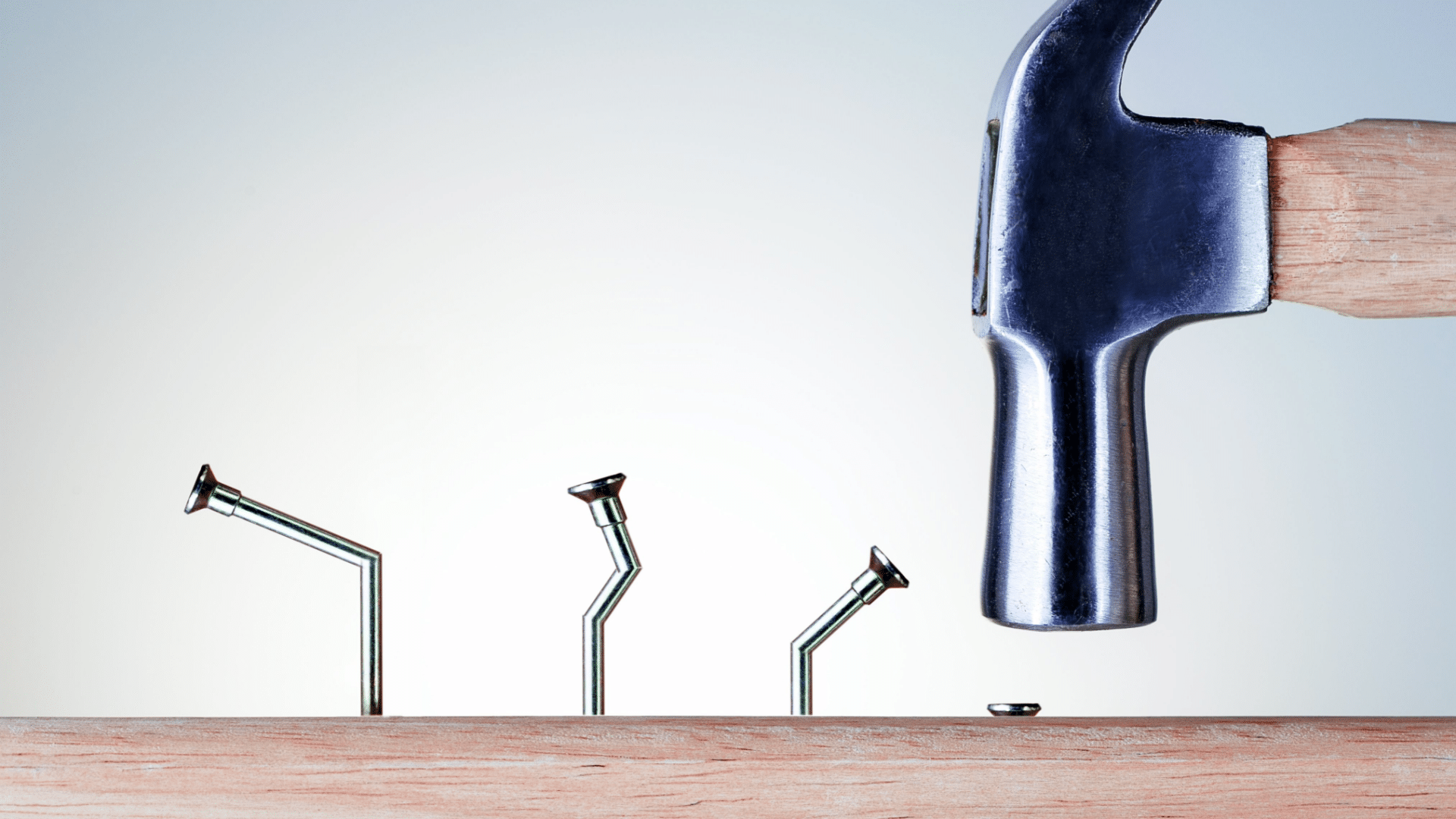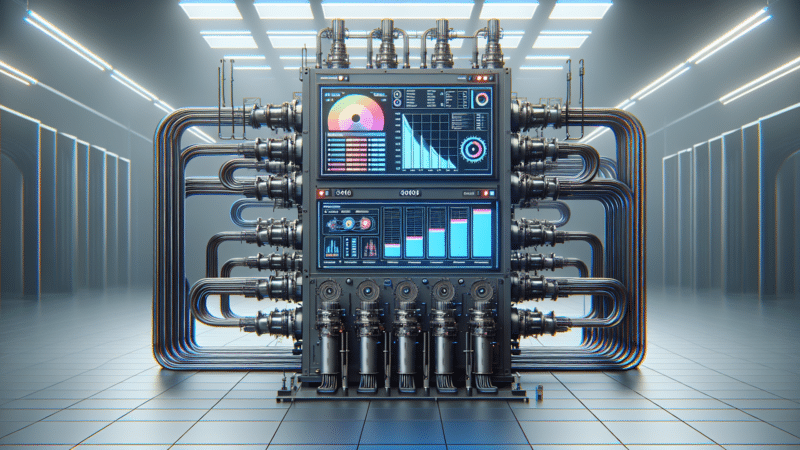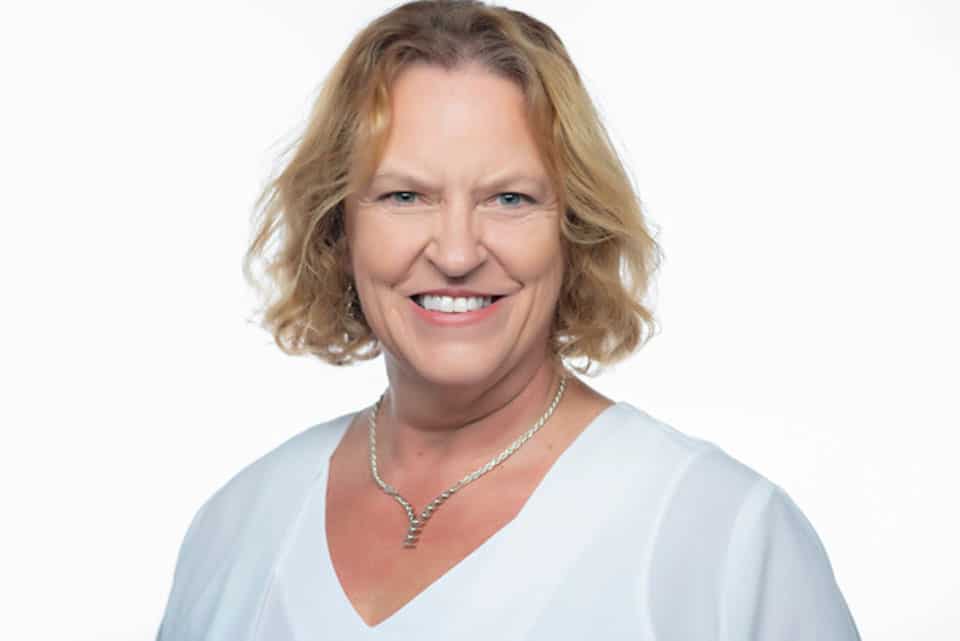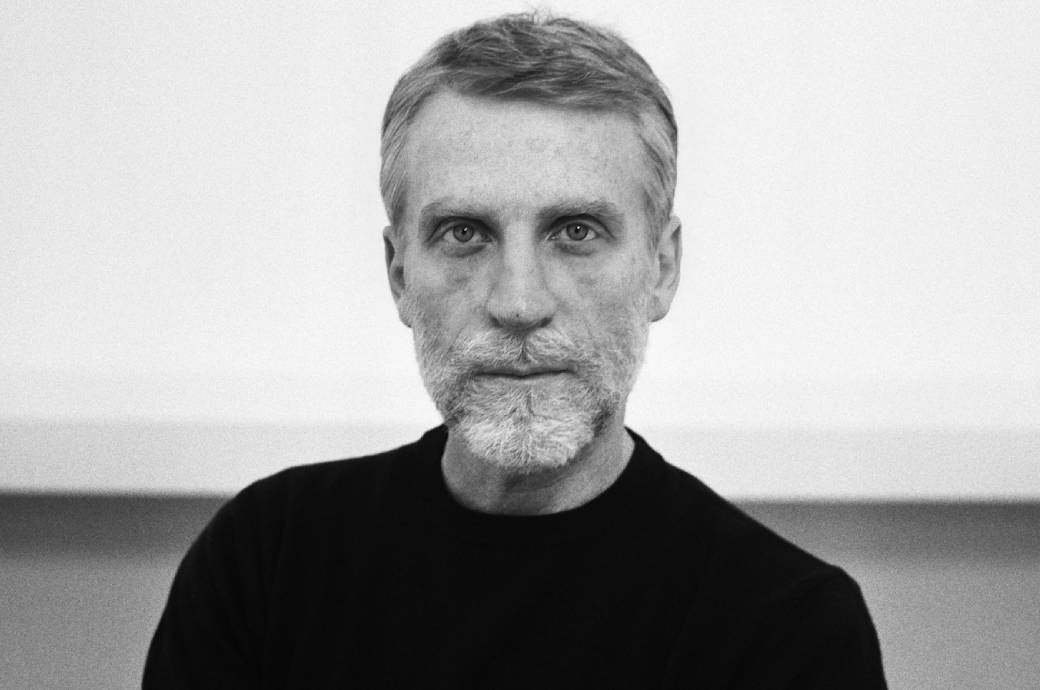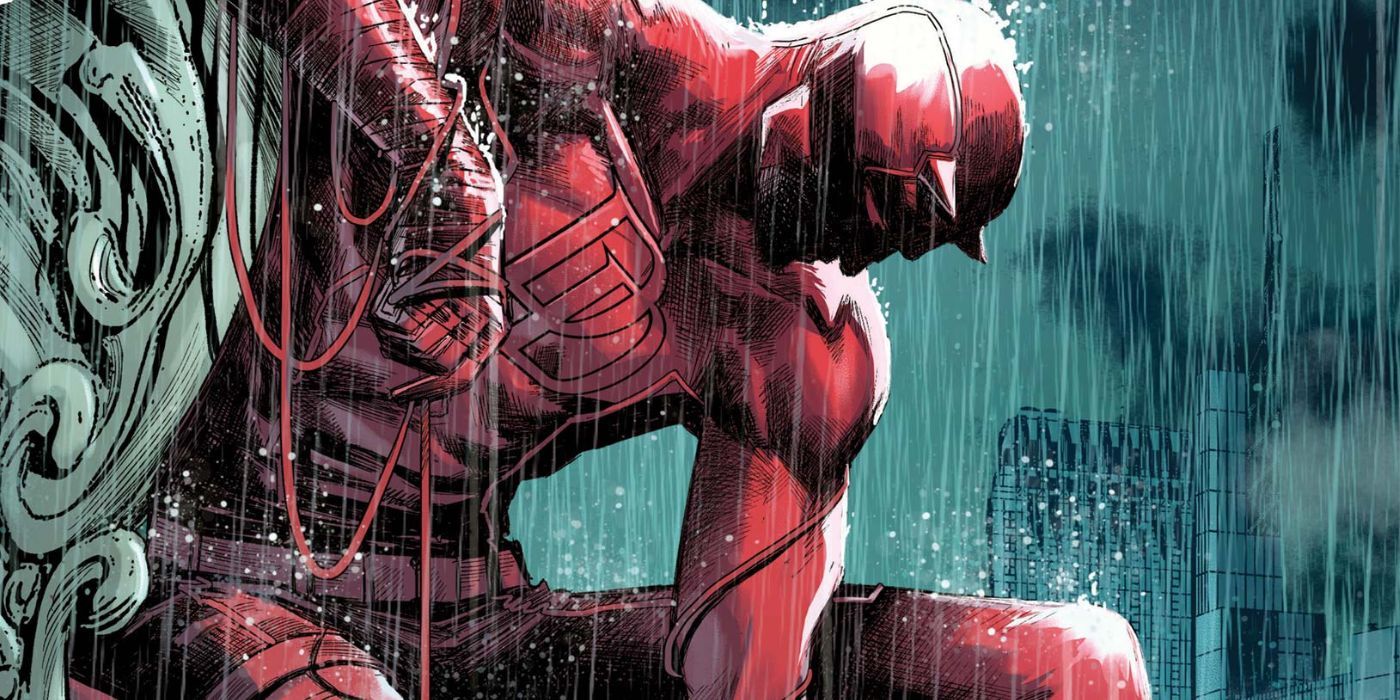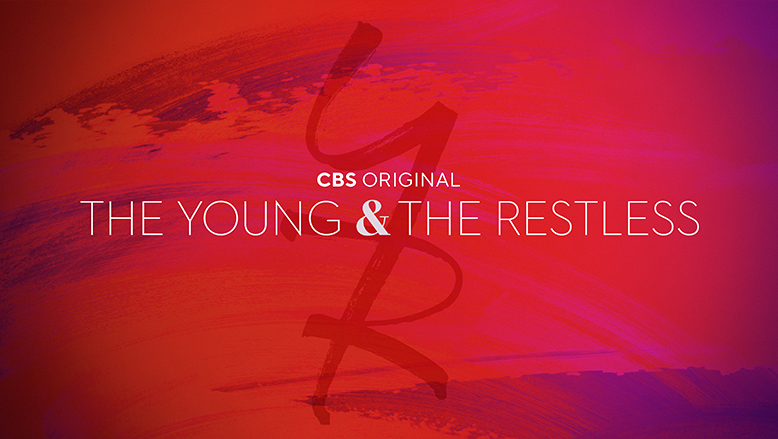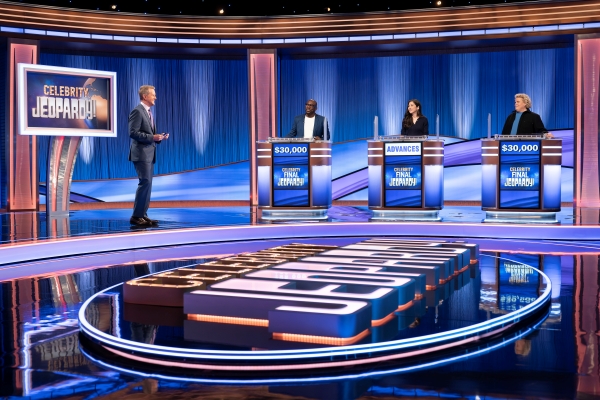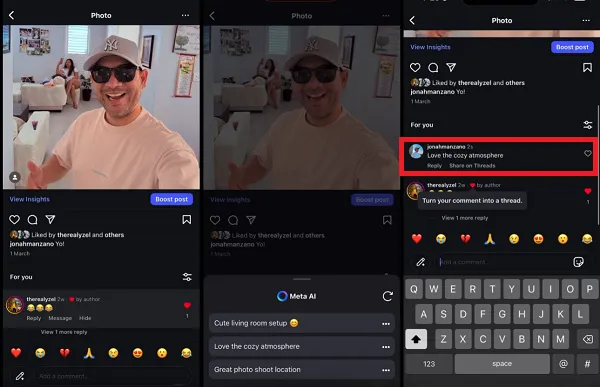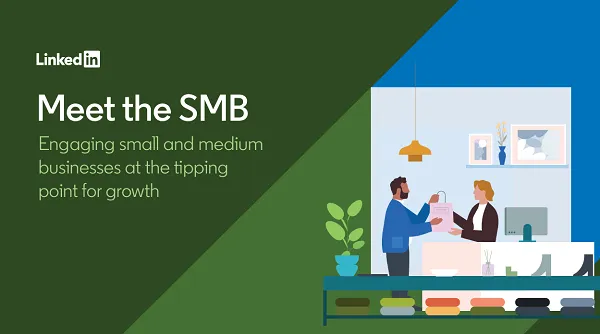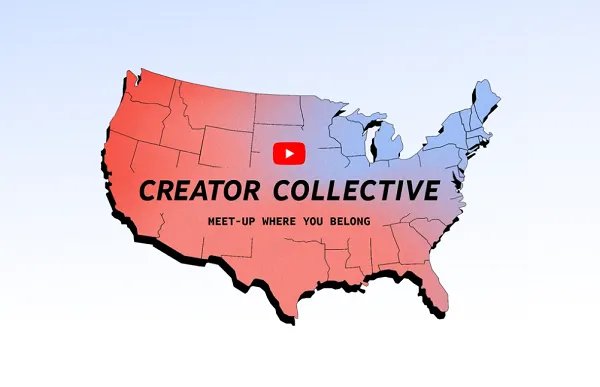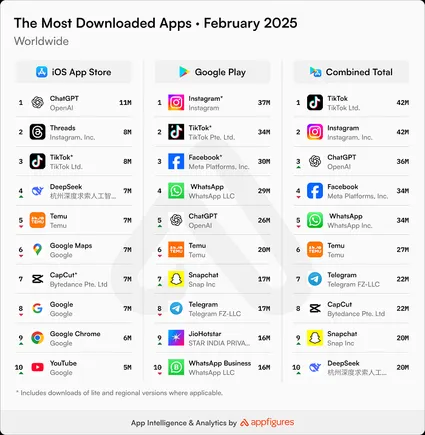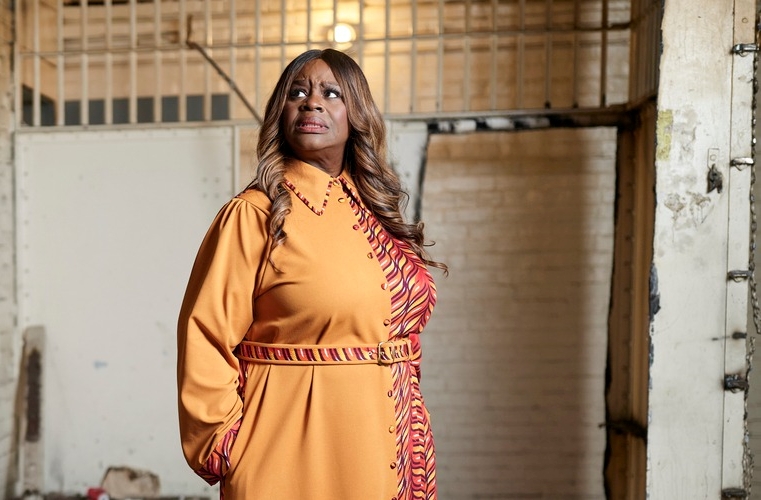MIAMI FL- 29 AUGUST: Ron DeSantis, Governor of Florida gives an update on Hurricane Dorian. … [+]
Imagine creating a product that only works if it is limited to fewer users.
This was true this past week, when Ron DeSantis announced his run for president on Twitter Spaces. The server crashed after 21 minutes and about 500,000 users were still connected.
According to a report, the stream only started working when there were fewer than 250,000 users.
Other reports reported that 600,000 attempted to listen in, and only around 161,000 really heard it.
Consider how well this could work for other products, such as the Apple iPhone.
Sure, you can buy one, but if Apple told us there was a limit on how many people could connect in your city at one time, we’d balk. How about buying a minivan instead? It works great for your family as long as you don’t have more than one or two kids.
At this stage in the Twitter lifecycle, I’m not surprised by the hiccups. Musk has fired many of its employees, according to reports. This includes many that disagreed with him.
Twitter Spaces has always been a little suspect. It was like a Clubhouse copy where you can only have an audio conversation. In the beginning of pandemic I loved Clubhouse, and was confused as to why Twitter Spaces existed. Then I realized holding these conversations was mostly a reaction to how we can’t hold real events and talk in person.
By comparison, presidential announcements like this usually result in incredible interest — usually in the millions. After removing the bugs, Elon Musk’s Twitter Spaces chat was resumed with Governor DeSantis. However, many users attempted to join but heard nothing but crickets.
One would assume that Twitter would be prepared to deal with a huge number of users and would have set up Twitter Spaces’ servers for high traffic.
This is more about the leader of the company than just technology.
Here’s why. The technical infrastructure depends on the server’s capacity, how many engineers are available to handle problems and your hard-earned cash. Everyone who’s ever run a site knows that. If you have a few thousand users, you don’t have to worry about capacity issues. If you want to attract an audience of thousands, be prepared to spend money on infrastructure, tech support and a fast server.
I think Elon Musk is cutting corners everywhere, and not too concerned about hosting events or capacity issues. It’s almost as though he expects the company to crash and burn before he can rebuild it into something new.
The path to progress isn’t this.
The brand Twitter has endured quite well. Controversy is one thing; when the app doesn’t deliver what was promised, that’s when you have to start worrying.













